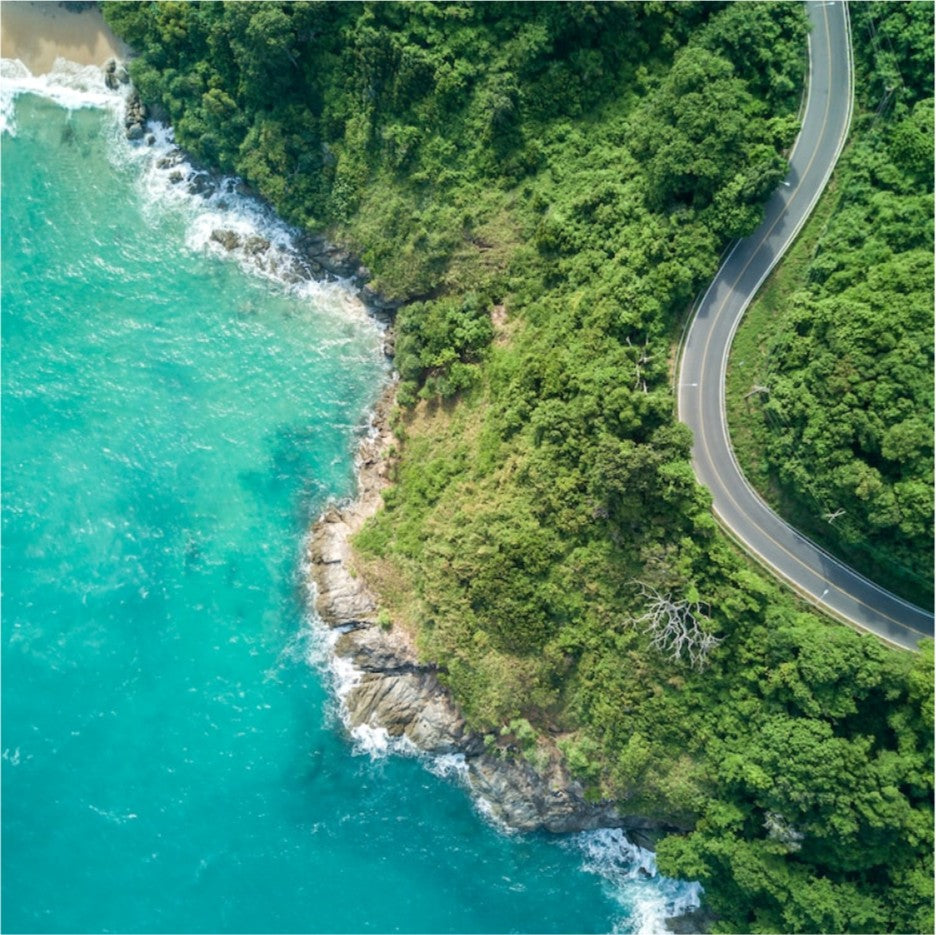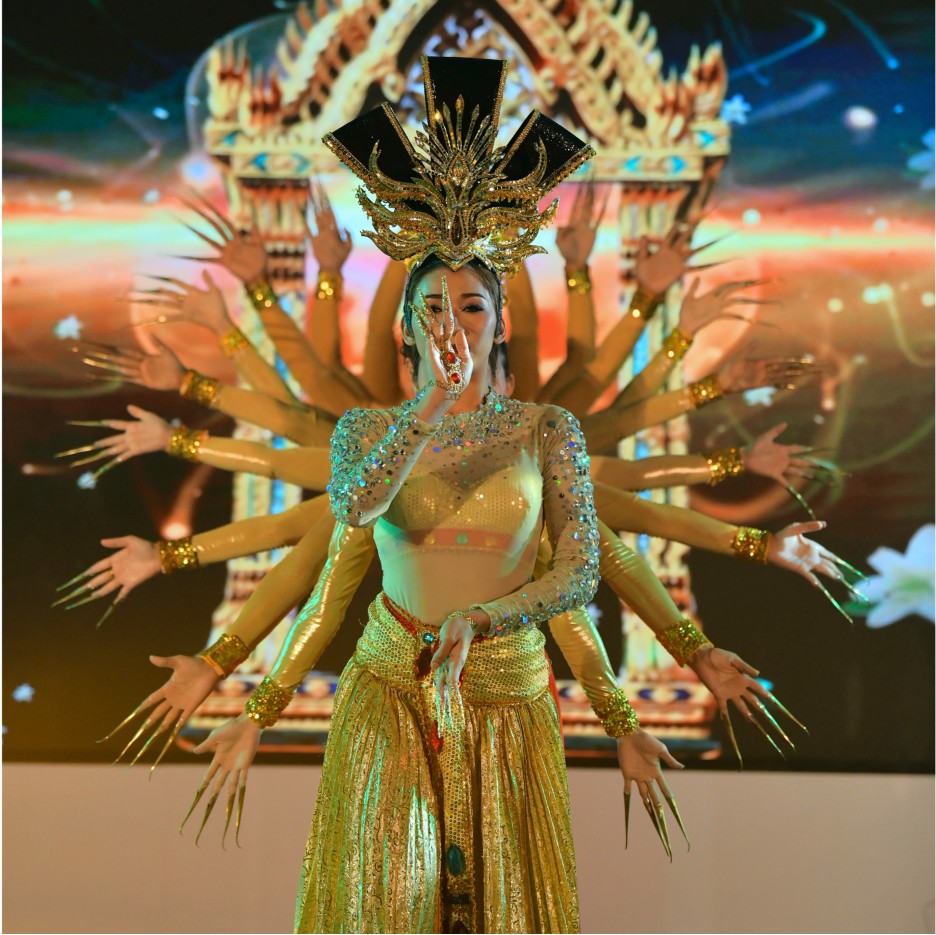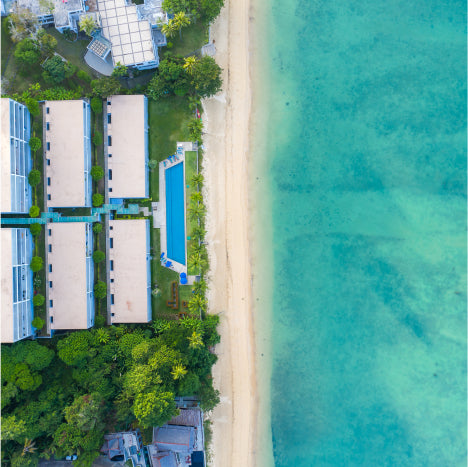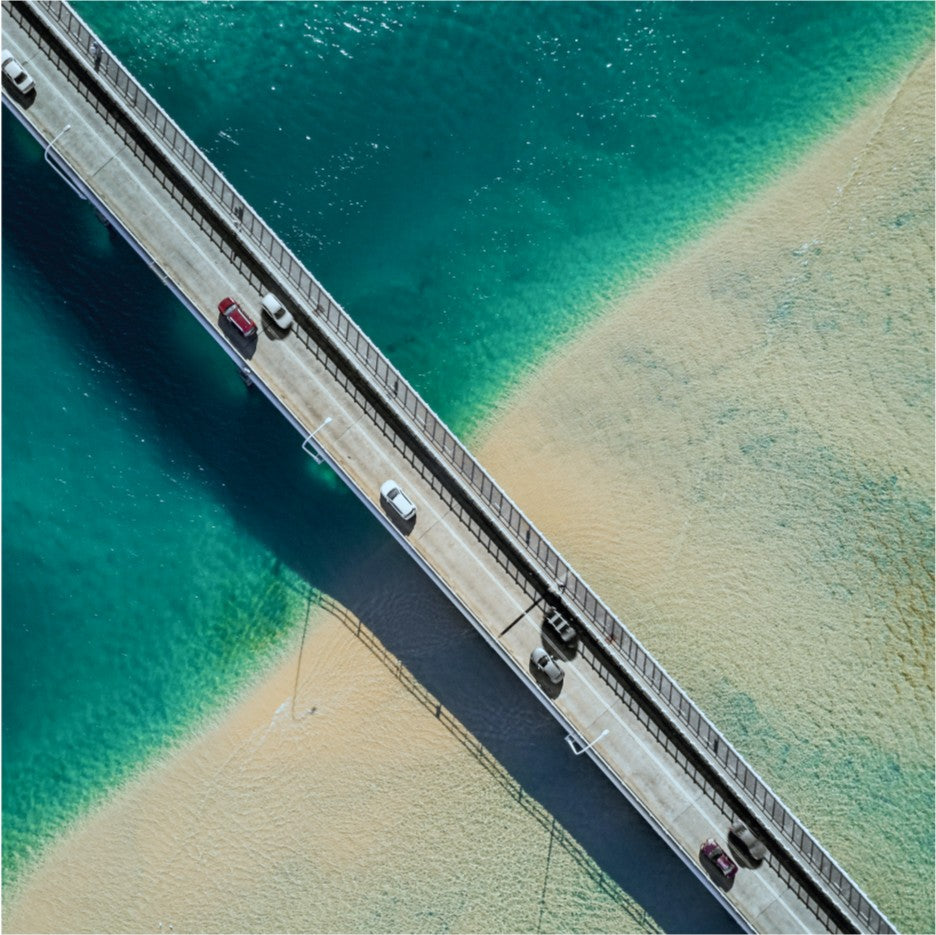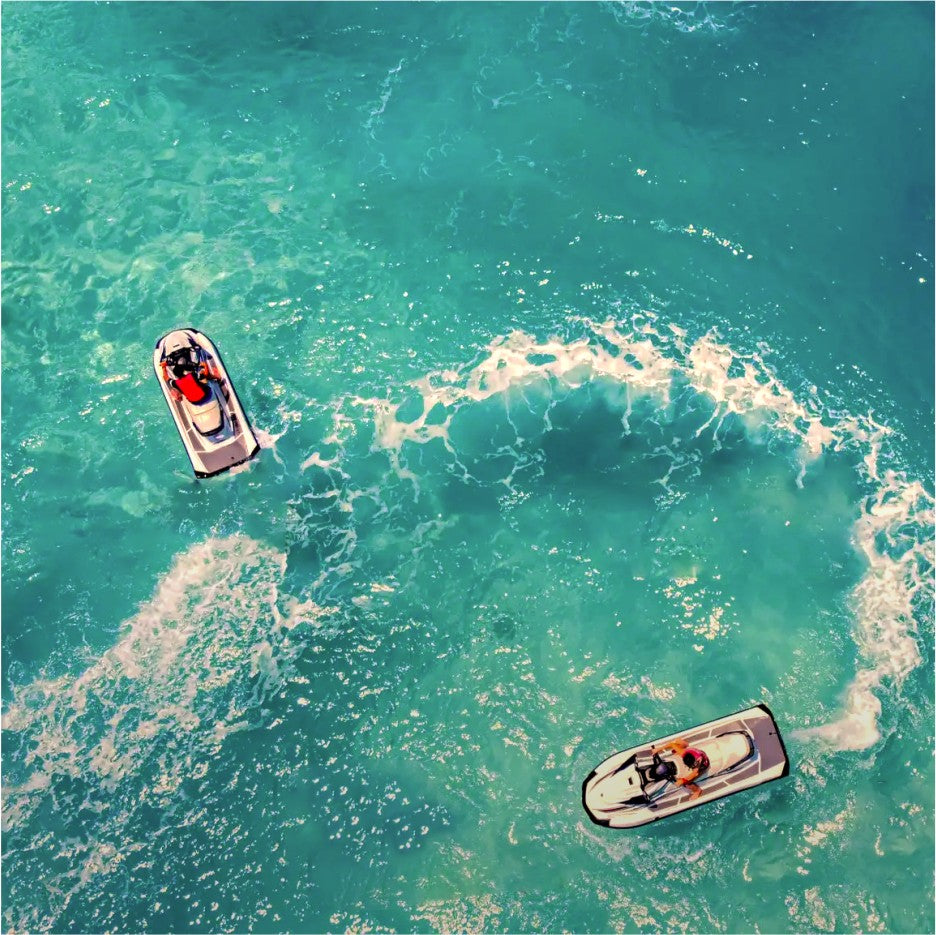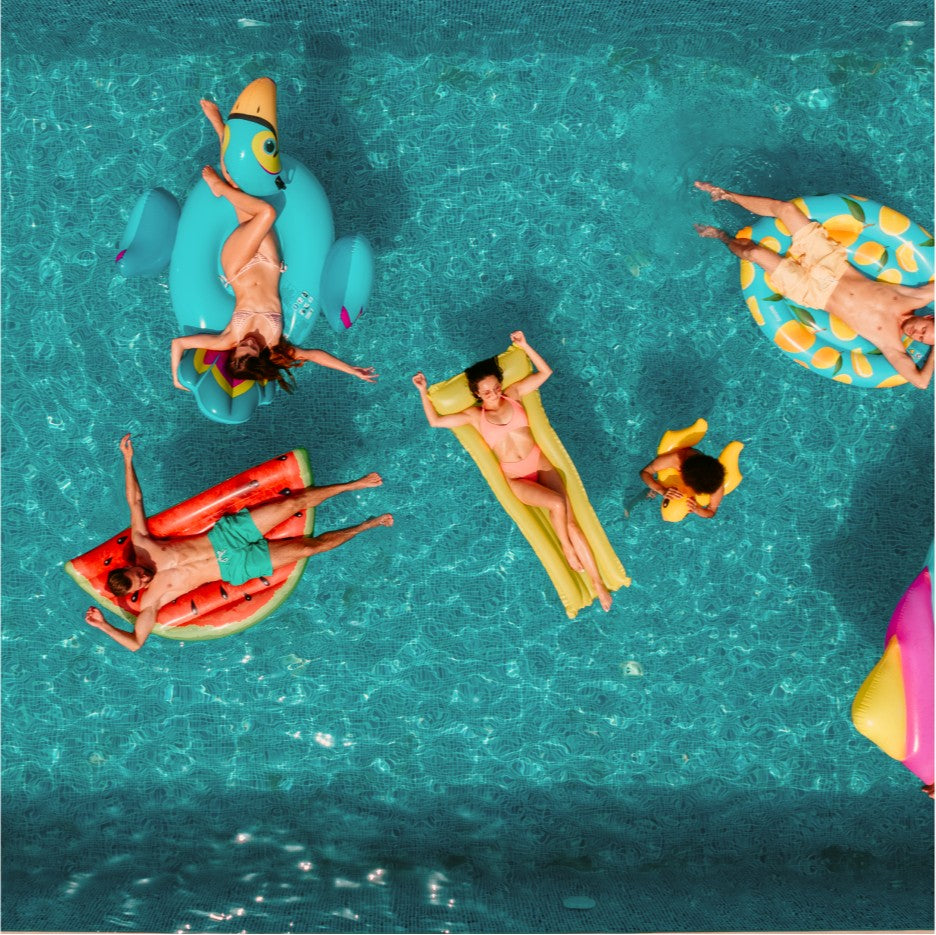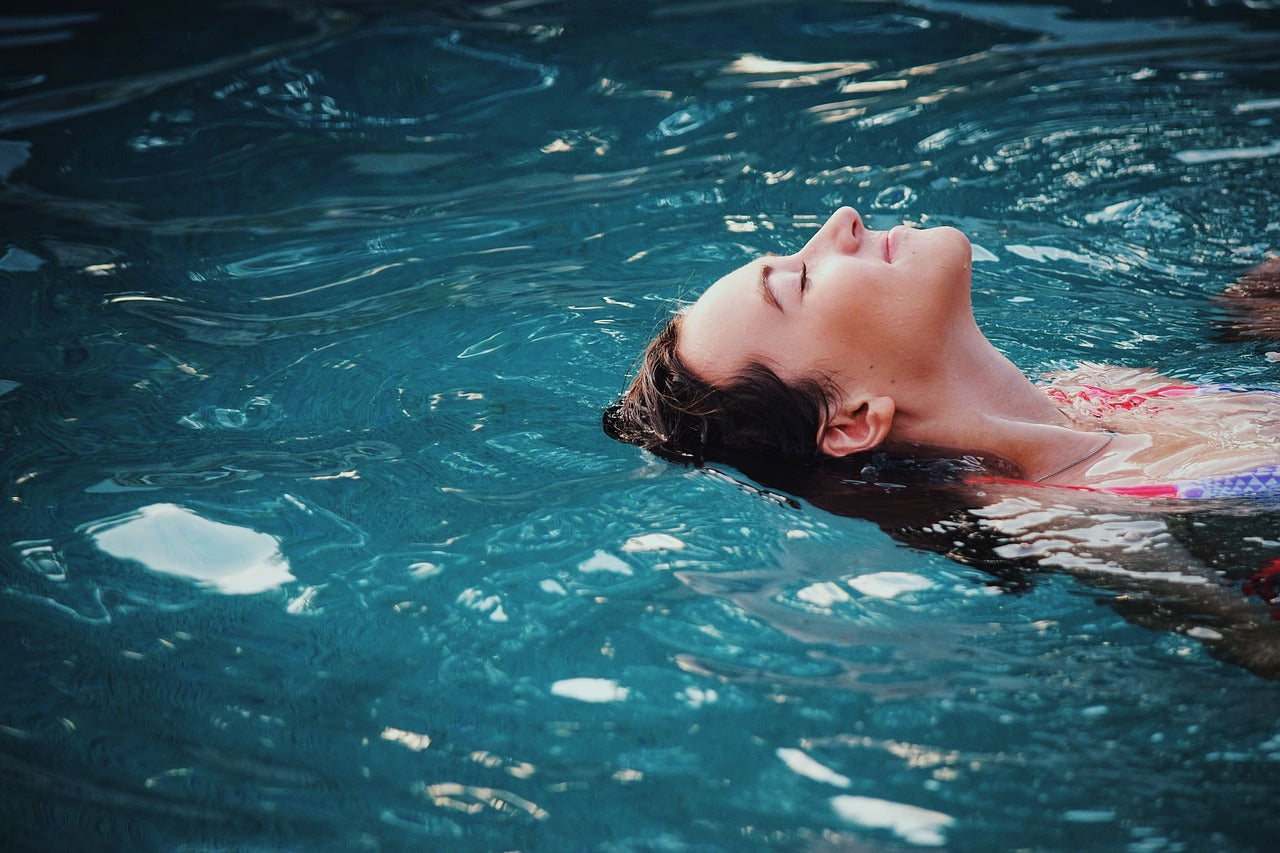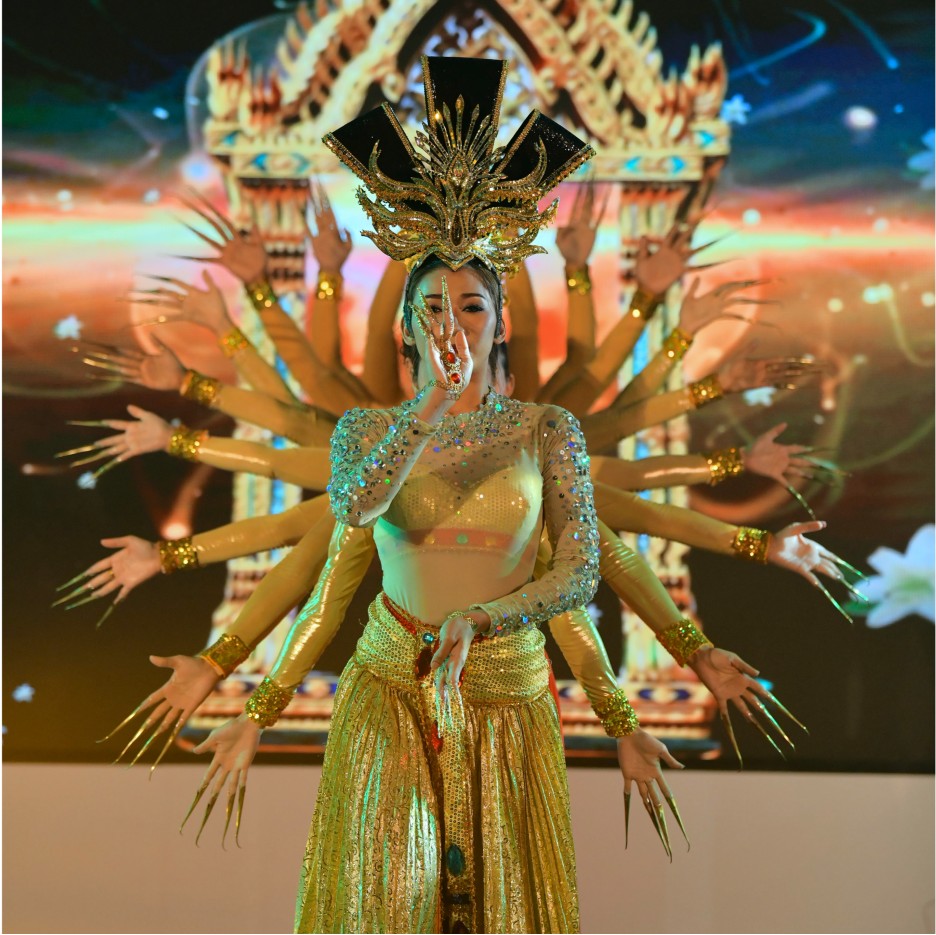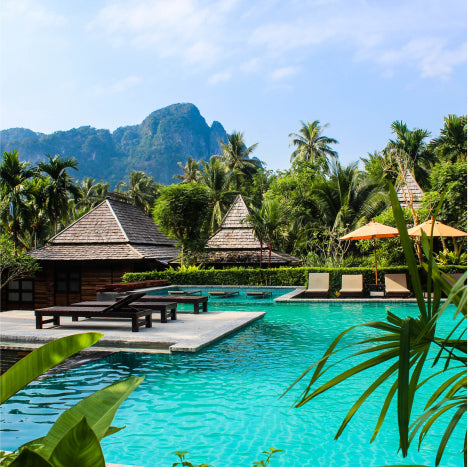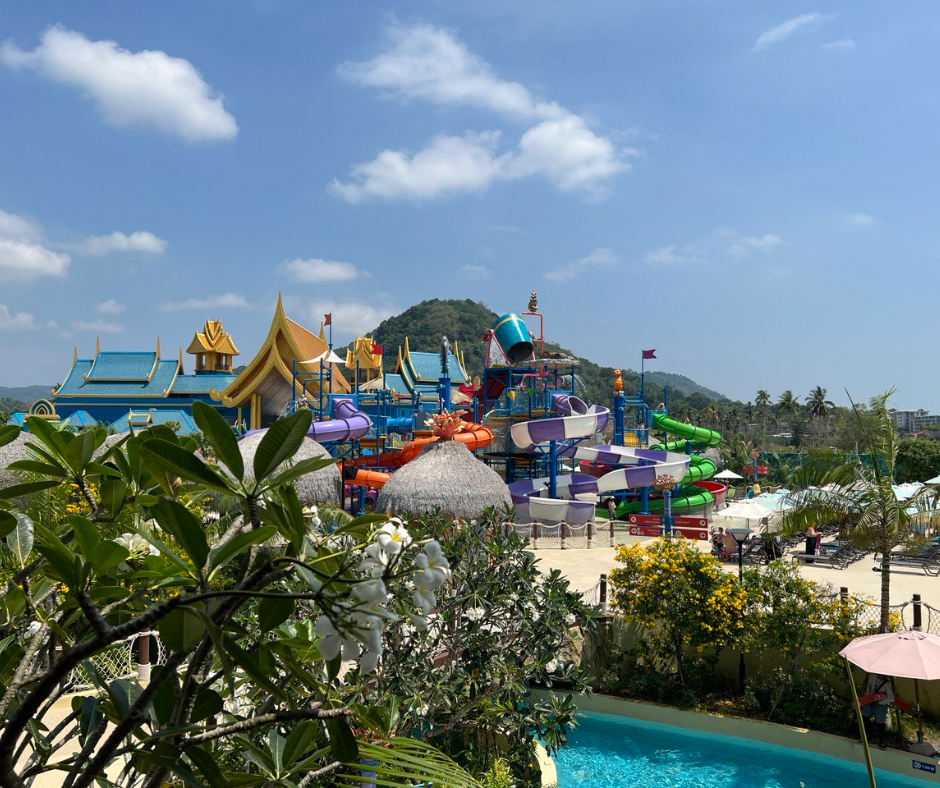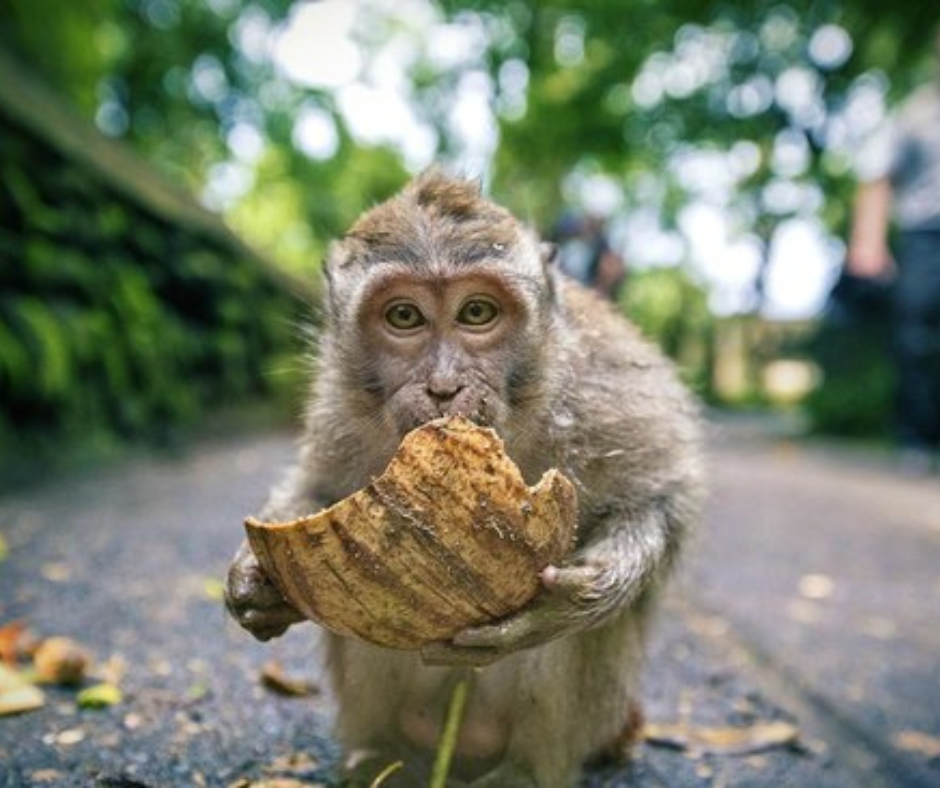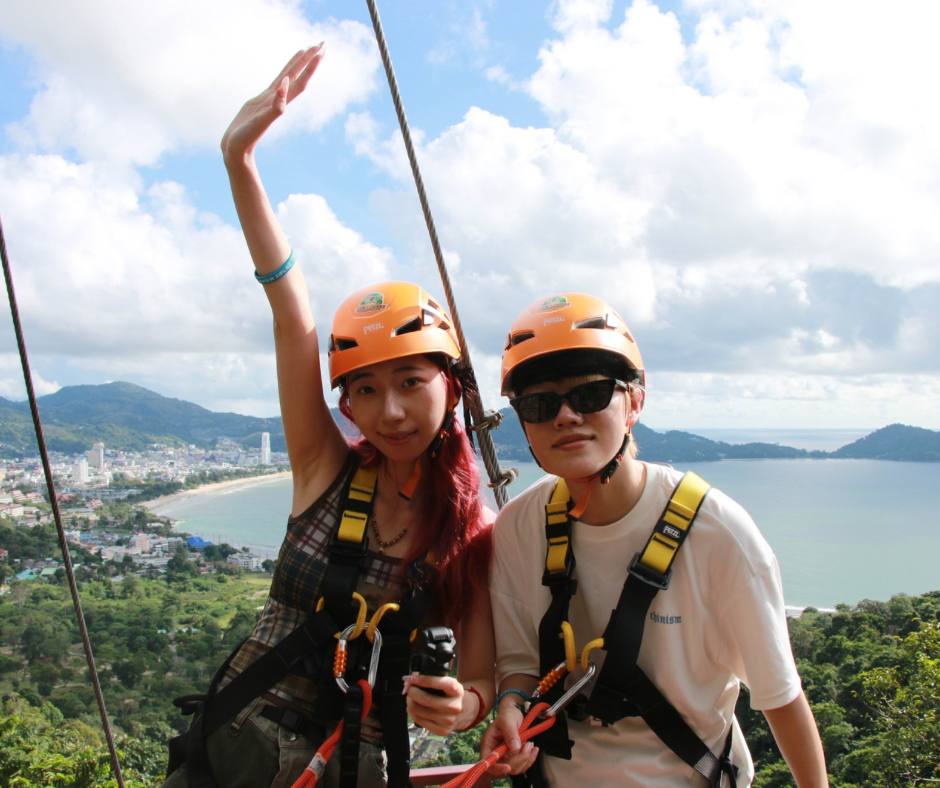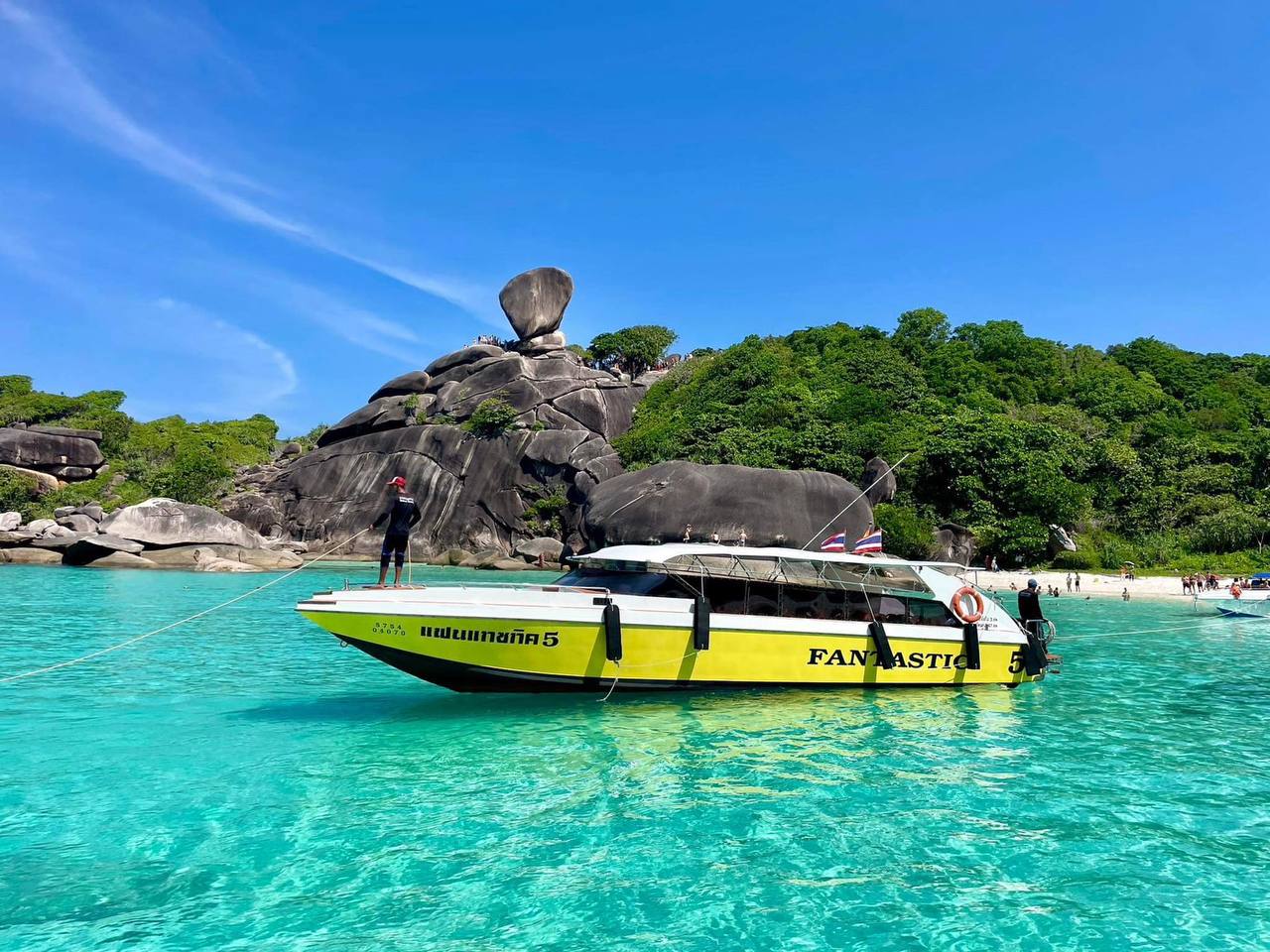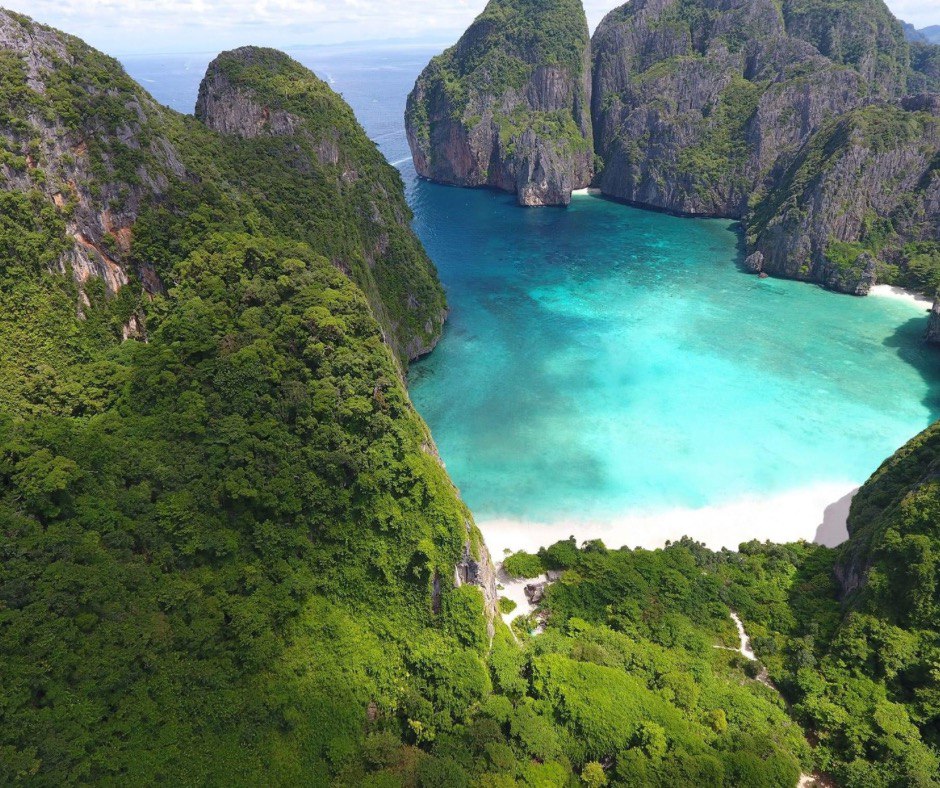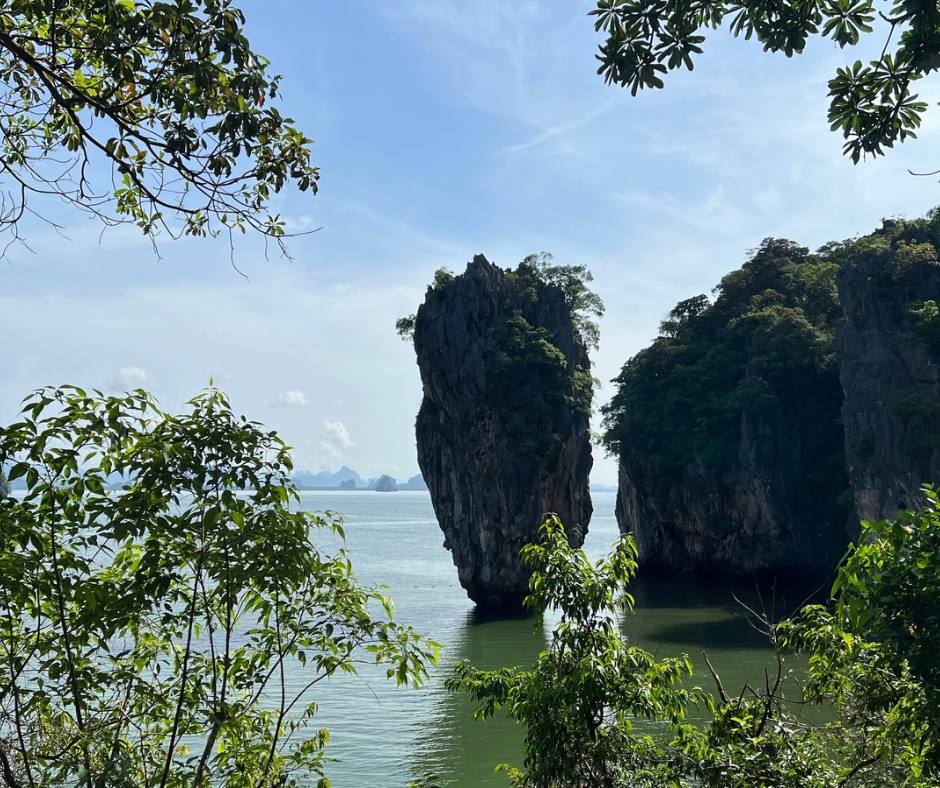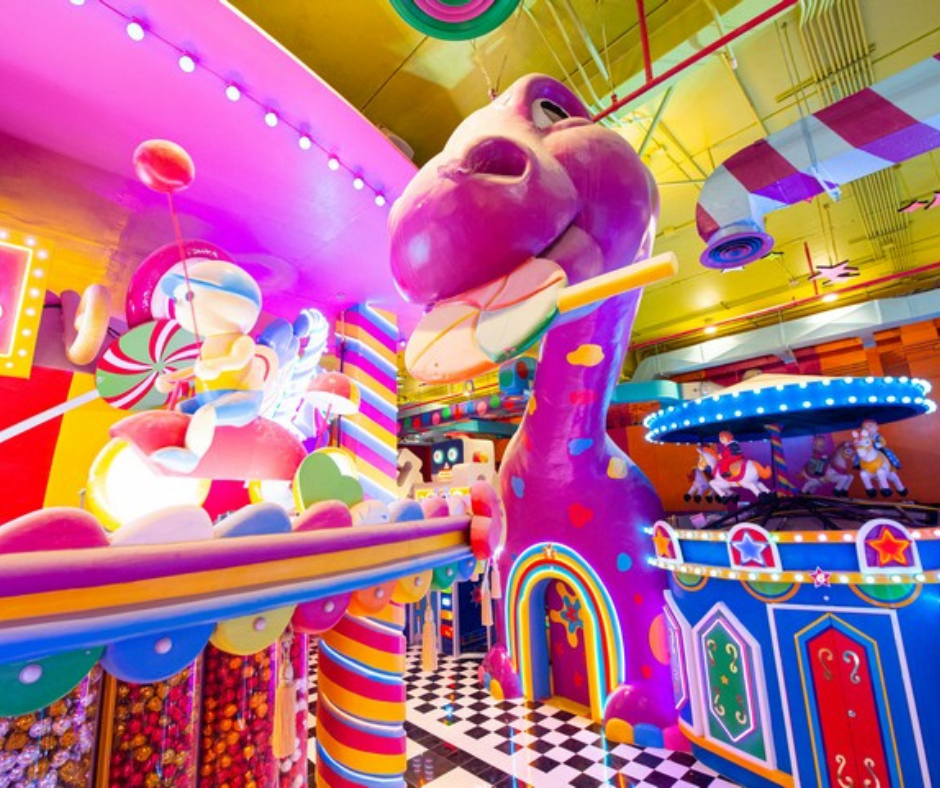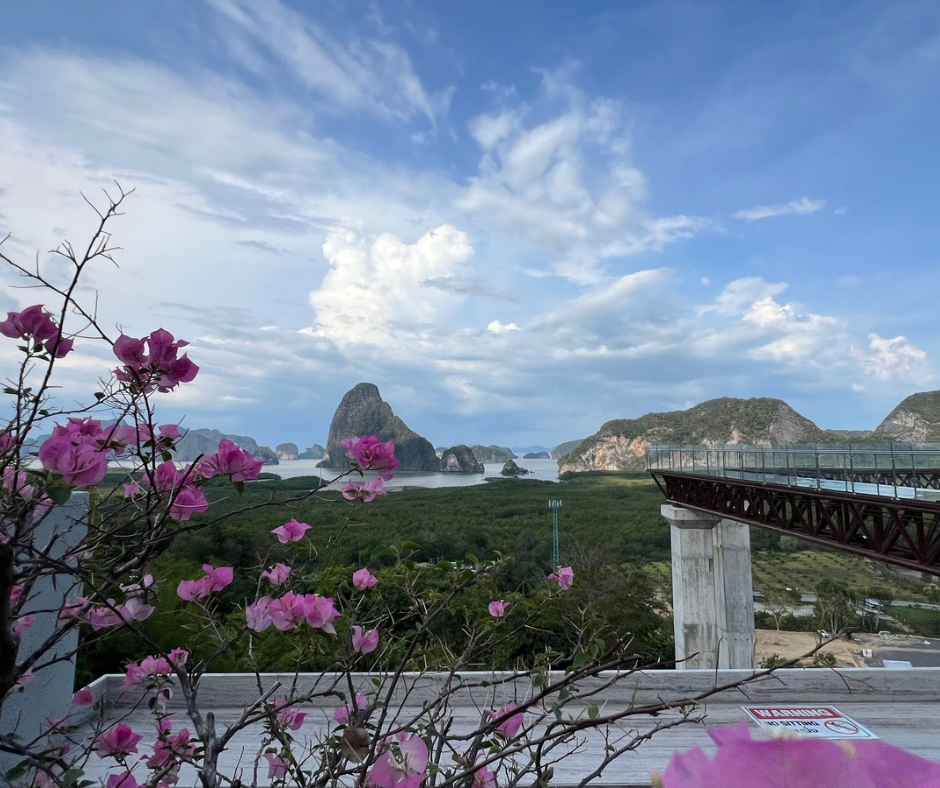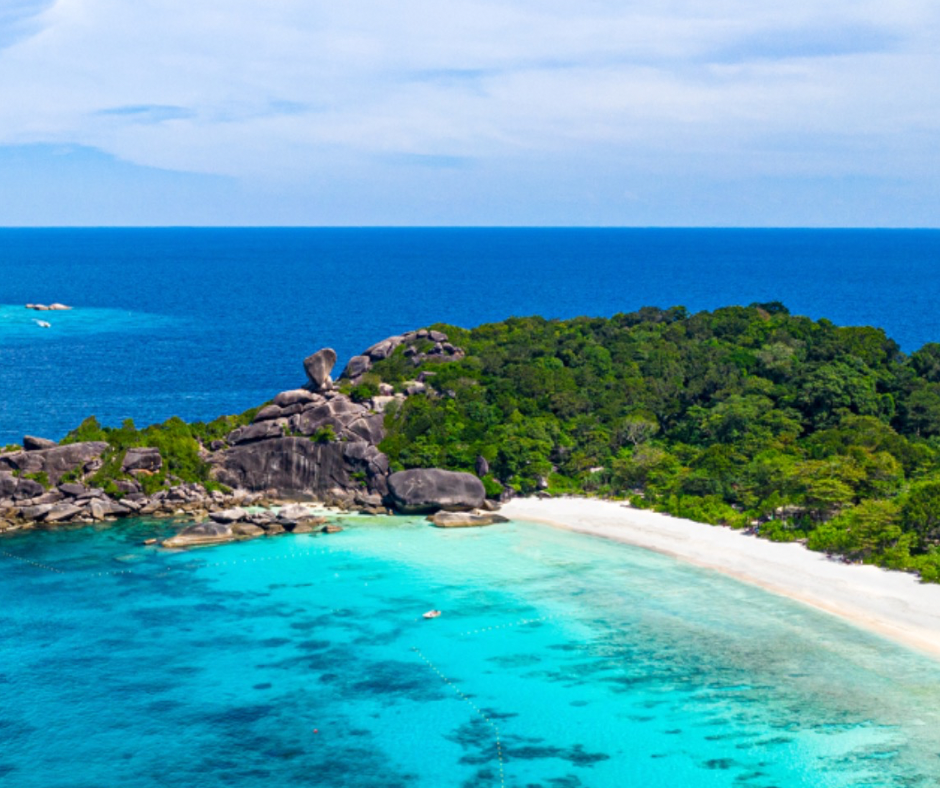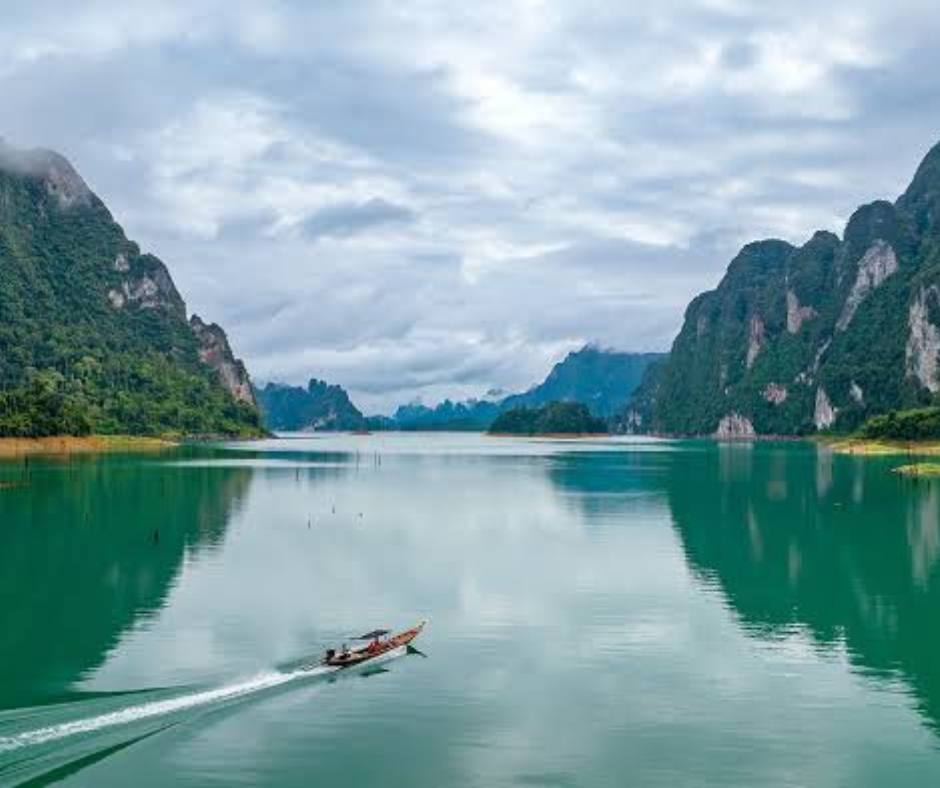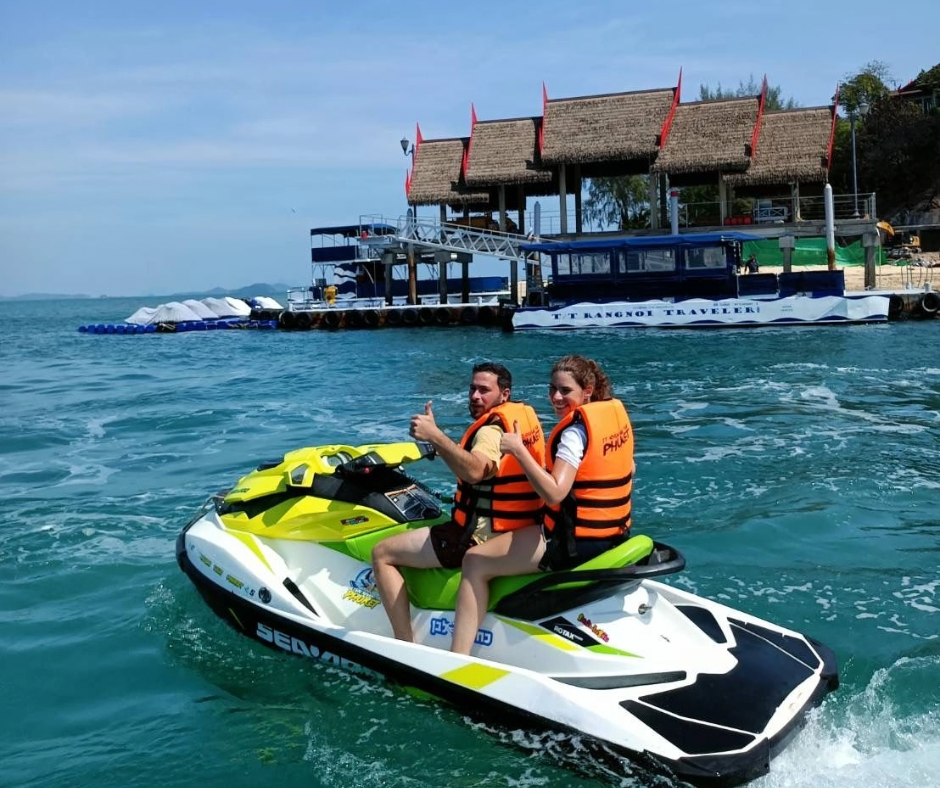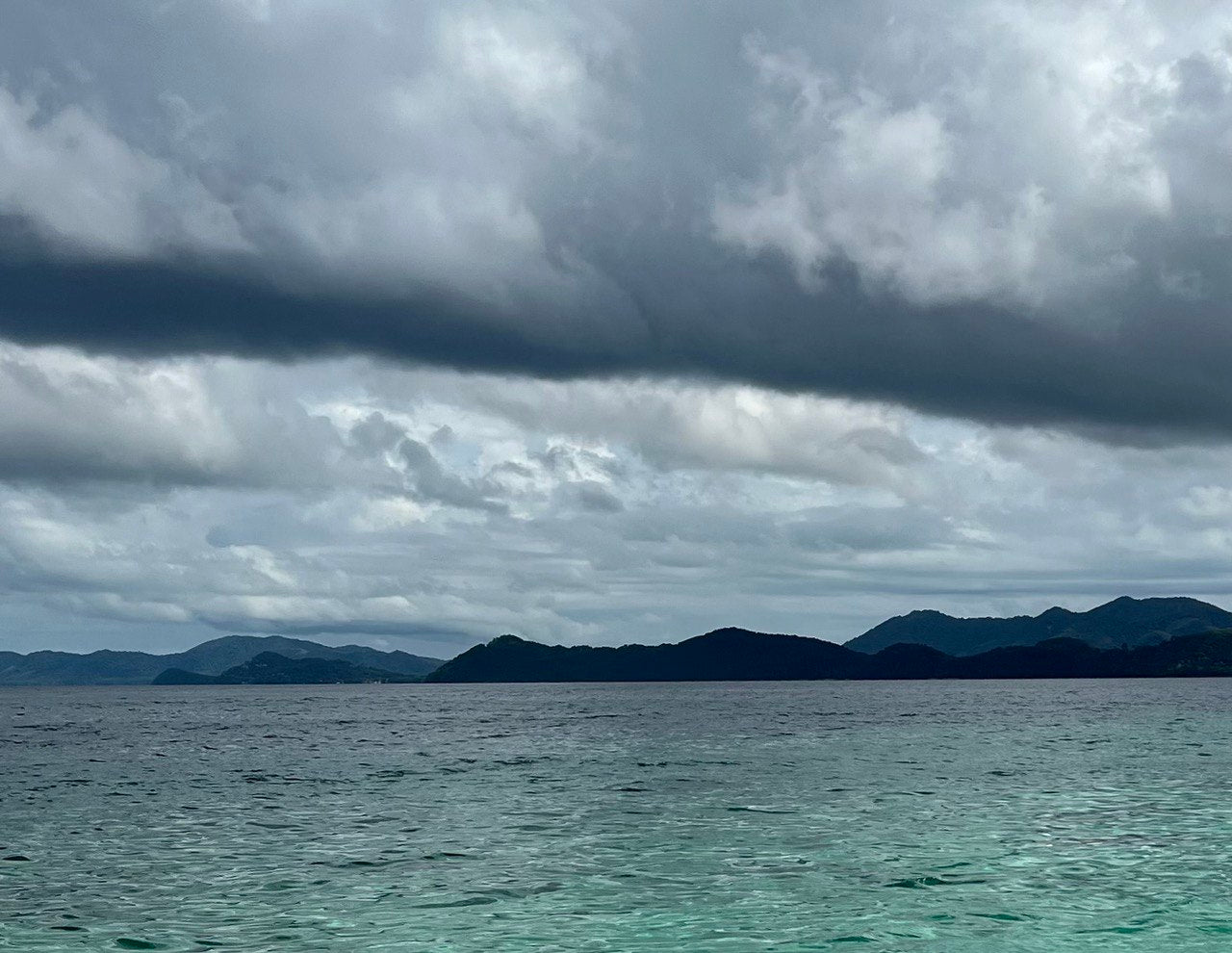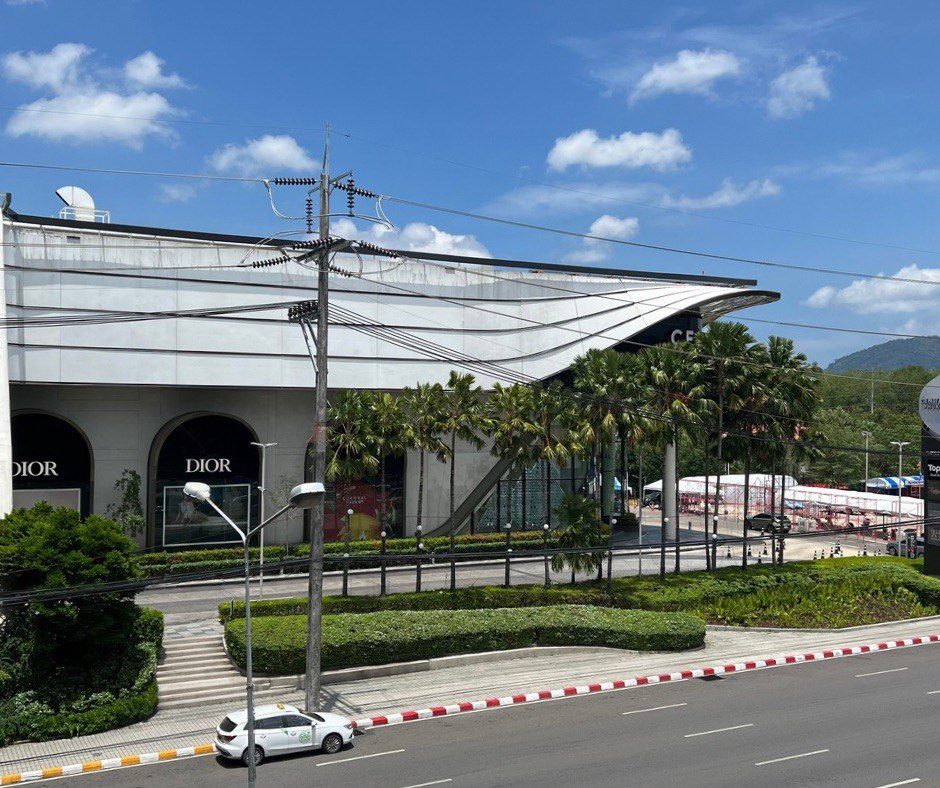Chalong Temple

History and features of Chalong Temple - the most revered Buddhist temple in Phuket. Information for tourists about visiting, etiquette and the significance of the shrine.
There is a functioning Buddhist temple Chalong or Wat Chalong in Phuket, officially it is called Wat Chaiyathararam. People call this religious building Chalong because of its location in one of the southern districts of Chalong. This is not the only Buddhist temple in Phuket, there are more than 30 of them.
It is not known when the temple was built. It was first mentioned in written sources only in 1837, during the reconstruction of the monastery. Now it is a whole temple complex with several main buildings, a garden, gazebos. There is also a bell tower and even a crematorium. Among other things, it is a popular tourist attraction.
What to see
They managed to fit a parking lot, several buildings and souvenir shops into a small area. All the details were thought out, and even in advance: you can use the road signs to find your way to the Chalong Temple. And although it has plenty of visitors, you won’t notice a large crowd of people or a crowd of pilgrims inside the complex.

Chedi or stupa
Of all the buildings in the complex, it has the highest height. It was built from 1991 to 2001. It is open to all comers. On all floors of this building, you can see a large number of Buddha statues.

The walls are painted with frescoes depicting the life of Buddha, and also depicting King Rama IX, who ruled the country for 70 years.

The chedi was built to hold a piece of Buddha's ashes. More precisely, it was a fragment of the humerus that the Sri Lankan government presented to King Rama IX in 1999. Not just like that - as part of his 72nd birthday. After this gift, the king decided to build a new temple.
You can see this particle on the third floor of the building in a glass ball. This is the highest floor, there is nowhere else to go.

Let's go to the cross-shaped vihana
This is the name of the room with the statues of three monks: Luang Pho Chuang, Luang Pho Gluam and Luang Pho Chem. Locals pray in front of these structures and bring them offerings. Luang Pho Chuang and Luang Pho Gluam are famous chiropractors and herbalists in the country.
There is a belief that says: if you have pain in some place, then for its miraculous healing you need to apply, glue a piece of gold leaf to the same part of the body of one of the statues that you like best.

Fortune telling with sticks
This is possible in the same vihara. Take a container with sticks, kneel in front of three statues.
Shake them until only one stick falls out. It has a number on it. Then look at the cabinet with fortune telling by numbers, which is to the right of the statues.
Next, take the prediction according to the number that was written on the stick. Despite the fact that the results of fortune telling are only in Thai and Chinese, modern technologies will help - the phone and the Internet are always with us.

Exorcising evil spirits
Explosions of firecrackers and crackers will accompany your walk every 5-10 minutes. There is no need to be afraid - this is how evil spirits are driven out of the sacred place. More precisely, the local population believes that this is how they can be driven away.
Each of us can take part in this ritual, then luck and fortune will be with you for at least a few days. The action takes place not on the street, but in a separate brick "capsule". The process is unusual, but there are still many who want to, so the temple servant sits in headphones. Otherwise, you can say goodbye to your hearing.

Farewell Hall and Crematorium
They are still in operation. Some may be disappointed: 90% of the entire crematorium is an oven and nothing more. However, the building is beautiful and bright. The farewell hall with the deceased is located on the right, where ceremonies are still held.
Can I go into the main building (ubosot)?
You can't visit it. Even during important religious holidays, you can see it open from the outside, but you still won't be allowed in. Only monks are in it.
Behavior in the temple
- First of all, forget about shorts and T-shirts, there are clothing requirements for both women and men. Put away your bathing suits, cover your knees and shoulders. Take your capes with you, since there is nowhere to get them in the temple. You need to take off your headwear, this applies to any Buddhist temple.
- Signs asking people to take off their shoes are there for a reason, they are not only for tourists, but also for locals. It is a local custom.
- Touching Buddha statues is prohibited.
- You can take pictures with them, but, for example, you should not turn your back to them. If you follow all these simple requirements, you can walk freely, and use photo and video cameras too.

How to get to Chalong Temple Complex
You can get to the Chalong Temple by public transport (the blue bus goes from Kata-Karon), by rented transport or by taxi. A visit to this temple can also be included in an individual sightseeing tour of Phuket .
The article is prepared for informational purposes. We are a travel agency and can offer you our services for organizing your vacation - excursions to islands and national parks , transport rental , as well as rental and sales services real estate . To contact the manager, click the button below and fill out the feedback form.
